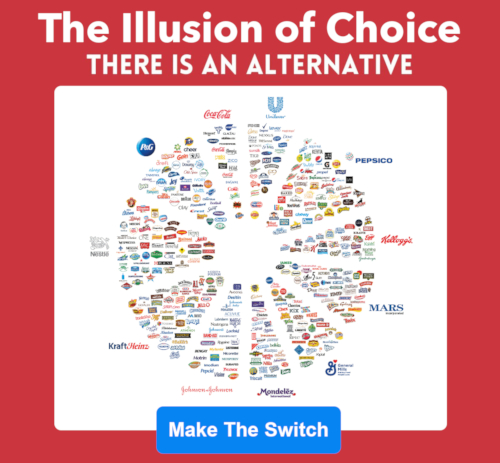The U.S. could see a recession in the coming year as a majority of investors predict a key driver of economic growth is losing steam, according to Bloomberg.
In a survey of 526 investors, 56% believed that personal consumption, a driver of economic growth, could decline early in 2024, while another 21% believed a decline would happen in the fourth quarter of 2023, with only 23% optimistic of not seeing a decline in the coming future, according to Bloomberg. Investors believe this is likely because high borrowing costs are eating away savings accumulated during the COVID-19 pandemic, leaving consumers to cut back on expenses.
“The likelihood of a soft landing, falling inflation, an end to Fed tightening, a peak in interest rates, a stable dollar, stable oil prices — all those things helped drive the market up,” Alec Young, chief investment strategist at MAPsignals, told Bloomberg. “If the market loses confidence in that scenario, then stocks are vulnerable.”
In the second quarter of 2023, personal consumption contributed to 68.3% of Gross Domestic Product, which serves as an indicator of economic growth, according to the Federal Reserve of St. Louis (FRED).
The U.S.’s personal consumption expenditure increase was reported to be 3.3% in July, rising from 3.0% in June but falling from 3.8% in May and 4.3% in April, according to the Bureau of Economic Analysis.
Personal savings for Americans hit an all-time high of almost $6.5 trillion in April 2020, which has since declined to only $705 billion, below what was common in the decade preceding the COVID-19 pandemic, according to FRED.
Interest rates are being driven up by the Federal Reserve’s increases to the federal funds rate, which currently stands at a range of 5.25% to 5.50% after 11 hikes since March 2022. The high rates are an effort to cool the economy and bring down inflation, which reached 3.2% in July, up from 3.0% in June but down from 9.1% in June 2022.
Around three-quarters of respondents to the survey believed that the excess in savings that households created during the COVID-19 pandemic ate up most of the burden created by rising prices, but that those savings would largely run out during the current quarter, leaving consumers without that buffer, according to Bloomberg.
During the 2008 recession, real personal consumption expenditures fell to $10.463 trillion by April 2009 from a high of 10.74 trillion in May 2008, according to FRED.
Weighing on consumers is record debt and the accompanying payments, with household debt climbing to an all-time high of 17.06 trillion in the second quarter of 2023. For younger Americans, student loan payments resume in October, following a three-year moratorium put in place during the COVID-19 pandemic.
All content created by the Daily Caller News Foundation, an independent and nonpartisan newswire service, is available without charge to any legitimate news publisher that can provide a large audience. All republished articles must include our logo, our reporter’s byline and their DCNF affiliation. For any questions about our guidelines or partnering with us, please contact licensing@dailycallernewsfoundation.org.
All content created by the Daily Caller News Foundation, an independent and nonpartisan newswire service, is available without charge to any legitimate news publisher that can provide a large audience. All republished articles must include our logo, our reporter’s byline and their DCNF affiliation. For any questions about our guidelines or partnering with us, please contact licensing@dailycallernewsfoundation.org.
JOIN US @NewRightNetwork on our Telegram, Twitter, Facebook Page and Groups, and other social media for instant news updates!
New Right Network depends on your support as a patriot-ran American news network. Donate now


